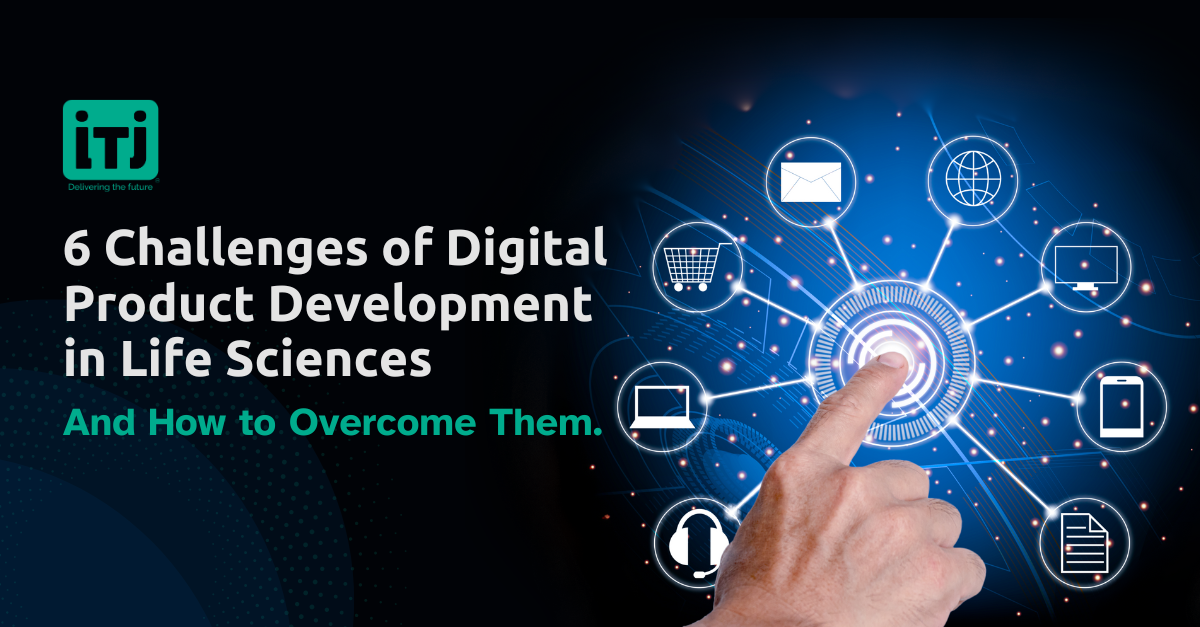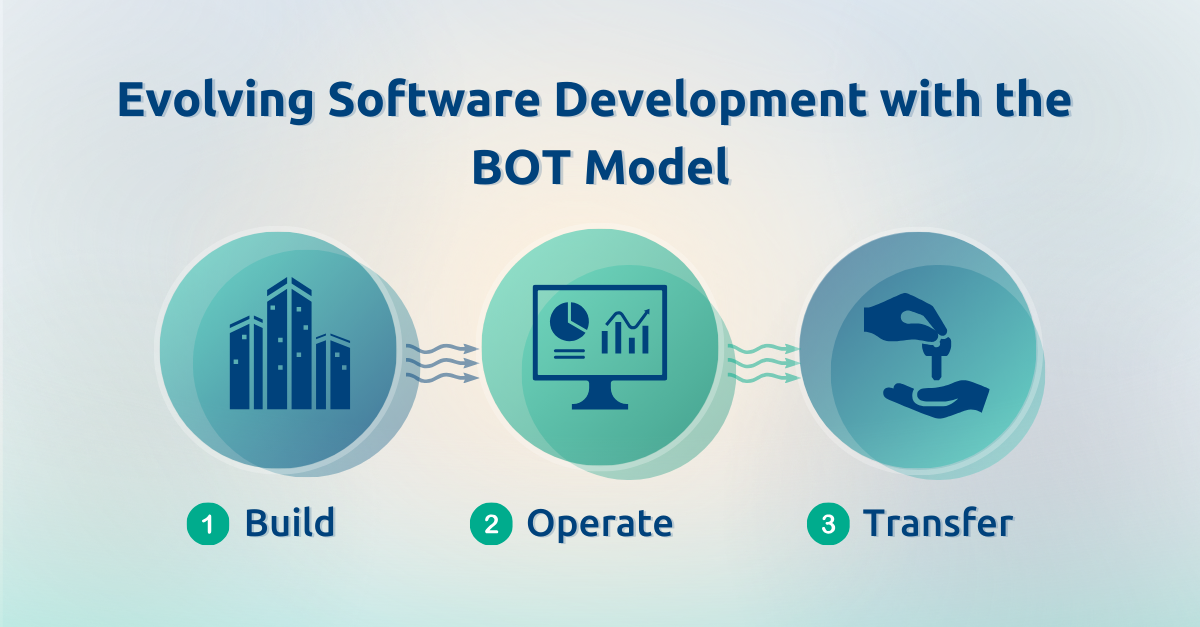
Everything about Artificial Intelligence (AI) at the Edge
April 20, 2023
Artificial Intelligence (AI) has been one of the most transformative technologies of our time, revolutionizing industries and reshaping the way we live and work. According to IBM, more than one third of enterprises claimed to be utilizing artificial intelligence technology in some capacity in 2022. From self-driving cars to personalized virtual assistants, AI has made significant strides in recent years. However, with the growing demand for real-time processing and the need for data privacy, AI at the Edge has emerged as a game-changer.
In this blog, we will delve into everything about AI at the Edge, from its advantages and challenges to its applications and future prospects.
What is AI at the Edge?
AI at the Edge is a combination of edge computing and artificial intelligence. It refers to the deployment of AI algorithms and models on local devices, such as sensors, drones, wearables, and edge servers, rather than relying solely on cloud-based processing. Therefore allowing for faster and more efficient data processing and analysis, as well as reduced latency, improved security, and enhanced privacy.
Advantages of AI at the Edge
Real-time processing
One of the key advantages of AI at the Edge is the ability to process data in real-time, without the need for data to be sent to the cloud for analysis. Particularly, this is critical in time-sensitive applications, such as autonomous vehicles, industrial automation, and healthcare, where decisions need to be made in real-time to ensure safety and efficiency.
Reduced latency
Latency, or the delay between data generation and processing, is a crucial factor in many applications. For instance, in scenarios where data needs to be analyzed and acted upon quickly, such as in self-driving cars or Internet of Things (IoT) devices, reduced latency offered by AI at the Edge is a game-changer. By processing data locally, near the source of generation, AI at the Edge significantly reduces the latency associated with sending data to the cloud for processing, resulting in faster response times and improved overall performance.
Improved security and privacy
Another advantage of AI at the Edge is enhanced security and privacy. Basically, by processing data locally, sensitive information is kept on local devices, reducing the risk of data breaches and unauthorized access. This is particularly relevant in industries where data privacy and security are key components, such as healthcare, finance, and defense. Additionally, processing data at the Edge also eliminates the need to transmit sensitive data to the cloud, reducing the risk of data exposure and ensuring compliance with data privacy regulations.
Cost-effectiveness
AI at the Edge is also more cost-effective compared to cloud-based AI. Explicitly, cloud-based AI requires substantial bandwidth and storage resources, which are expensive, especially when dealing with large volumes of data. In contrast, AI at the Edge allows for local processing and analysis, reducing the need for costly cloud infrastructure. This results in significant cost savings, particularly for applications that generate large amounts of data, such as video surveillance or smart city solutions.
Challenges of AI at the Edge
Limited computing resources
One of the challenges of AI at the Edge is the limited computing resources available on local devices. Formerly, edge devices, such as sensors or drones, often have limited processing power, memory, and storage capabilities compared to cloud servers. This poses challenges in deploying complex AI algorithms that require significant computational resources. However, advancements in hardware technology, such as edge processors and accelerators, are addressing these limitations and enabling more sophisticated AI applications at the Edge.
Data quality and variability
Another challenge of AI at the Edge is the variability and quality of data generated by local devices. Generally, data generated at the Edge are noisy, incomplete, or inconsistent, posing challenges in training and deploying accurate AI models. Ensuring data quality, data preprocessing, and data integration from various sources are critical steps in overcoming this challenge. Additionally, variability in data generated by different Edge devices come with challenges in deploying standardized AI models across diverse Edge environments.
Model updates and maintenance
Deploying AI models at the Edge requires regular updates and maintenance. AI models need to be continuously trained and updated with new data to ensure their accuracy and relevance. Although, updating models at the Edge is challenging due to limited resources and connectivity issues. Managing model updates, version control, and maintenance across multiple Edge devices is sometimes complex and requires efficient strategies and tools to ensure seamless operation.
Security and privacy concerns
While AI at the Edge offers improved security and privacy compared to cloud-based AI, it also poses its own set of challenges. Firstly, local devices may be vulnerable to security threats, such as malware, unauthorized access, and physical tampering. Ensuring robust security measures, such as encryption, authentication, and access controls, is crucial to safeguarding Edge devices and the data they process. In addition, ensuring privacy compliance, especially with sensitive data, requires careful consideration of data handling, storage, and sharing practices.
Integration with cloud-based AI
Integrating AI at the Edge with cloud-based AI is complex. While Edge devices offer local processing and real-time capabilities, cloud-based AI provides the scalability and flexibility of a centralized infrastructure. Therefore, achieving seamless integration and synchronization between Edge and cloud-based AI requires efficient data management, data synchronization, and communication protocols. Ensuring smooth interoperability between Edge and cloud-based AI is crucial to harnessing the full potential of AI in diverse applications.
AI at the Edge is transforming how we process and analyze data, enabling real-time insights, improved efficiency, and enhanced user experiences. With advancements in computing technology, communication networks, and increasing adoption in various industries, the future prospects of AI at the Edge are promising. However, there are also challenges to overcome, such as managing model updates, ensuring security and privacy, and seamless integration with cloud-based AI.
As organizations continue to leverage the power of AI at the Edge, it is crucial to carefully consider the benefits and challenges associated with this technology. Proper planning, implementation, and management strategies are essential to harness the full potential of AI at the Edge while mitigating risks.
In conclusion, AI at the Edge is a game-changer in the field of artificial intelligence, bringing processing power and intelligence closer to the data source. It has immense potential to revolutionize various industries, from industrial automation to healthcare, smart cities to retail. As technology continues to evolve, we expect further advancements in AI at the Edge, opening up new opportunities for businesses and individuals alike. It is an exciting area to watch as it continues to shape the future of artificial intelligence and its applications.
Are you eager to explore high-quality content? Discover our weekly blog for valuable insights and information.
About ITJ
ITJ is devoted to serving fast-growing and high-value market sectors, particularly the Internet of Medical Things (IoMT), working with innovative medical device companies looking to improve people’s lives. With a unique BOT (build, operate, and transfer) model that sources only the best digital talent available, ITJ enables companies in the US to create technology centers of excellence in Mexico and LatAm. For more information, visit www.itj.com.

